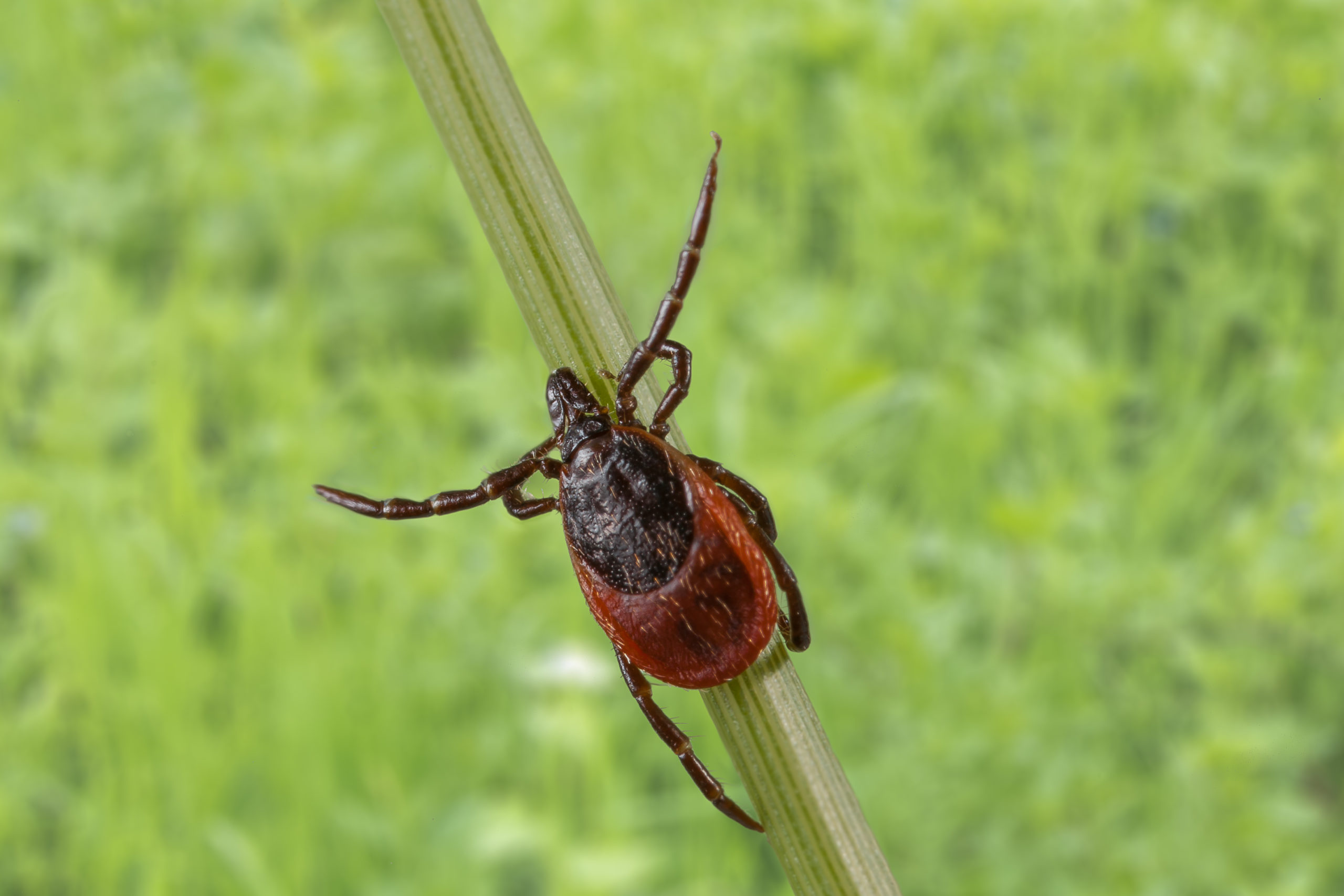It isn’t easy to remove a tick that attaches itself to your skin, because they’re soon firmly stuck in place. They do that by creating a conical layer of cement, like mortar to glue themselves on. Siddharth Deshpande (Physical Chemistry and Soft Matter) and his team think they know how the tick does it.
The tick first attaches itself using mechanical means, explains Deshpande, by biting hold. Then it immediately injects saliva into the skin. That saliva is what creates the cement cone. Certain proteins in the saliva accumulate, stick together to form balls and then harden into a cement-like fixed shape.
Deshpande is not a biologist who specializes in ticks. ‘So it might seem strange that our lab is investigating how ticks attach themselves,’ he says. ‘But I study protein phase separations: when protein molecules stick together to form a separate phase. That’s precisely what is happening here. In physical chemistry terms, we’re seeing a phase separation of the proteins in an aqueous environment. So this project is actually a really good fit with my research.’
Coffee stains
Glycine-rich proteins — ones that contain a lot of the amino acid glycine — play a key role in this cement formation. Deshpande and his team took one of the tick proteins as a model for studying the cement formation. But phase separations don’t just happen: they need triggers to set them off. The concentration of the protein is one well-known trigger. To get that concentration, the researchers used a smart trick: the coffee ring effect.

Coffee stains are always darkest at the edge, as that is where the coffee accumulates. The researchers used that fact: they put a drop of the protein solution on a glass plate, and the result was amazing. In addition to phase separation occurring around the edge, the resulting clusters of proteins also hardened after a while. It is not yet clear how the hardening comes about. ‘We still need to clarify that.’
Anti-tick vaccine
It is not entirely clear whether the phase separation takes place in nature. ‘Various things happen when a tick bites someone,’ says Deshpande. ‘One is that the concentration of the substances in the saliva increases due to the loss of moisture. But changes in the acidity, temperature or salinity are also important physiological triggers. And it’s a biological system, so all kinds of molecules can play a role, including substances belonging to the host.’
If phase separation plays a decisive role in the attachment of ticks, that could open up applications such as an anti-tick vaccine
If phase separation does play a decisive role in the attachment of ticks, that could open up some interesting applications. ‘You could use it to make an anti-tick vaccine,’ suggests Deshpande. ‘Molecules from the cement cone could be used to make antibodies. If you get bitten by a tick, that will then trigger a protective immune response.’
An understanding of the basic principles of the cement formation will also make it possible to disrupt or even prevent the process. Deshpande: ‘There are chemical substances that prevent phase separation. You could apply them to your skin as a way of preventing ticks from being able to attach themselves.’

 Photo Shutterstock
Photo Shutterstock 

